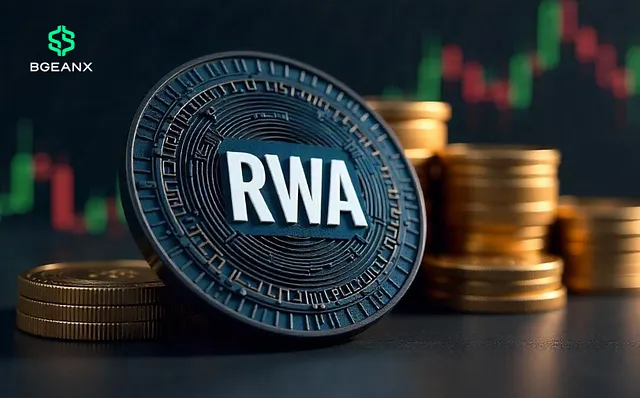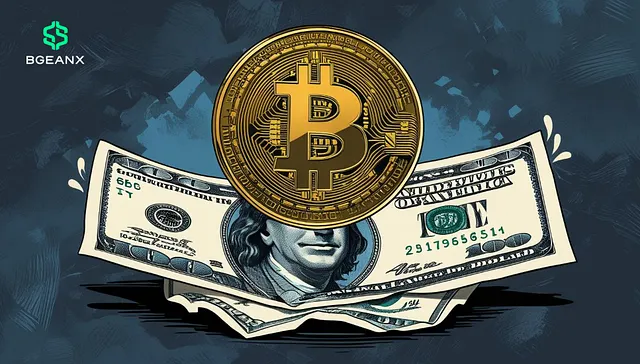BGEANX Insight: Accelerating Regulation and Custody Policies for Stablecoins

Stablecoins are rapidly becoming a central topic within global foreign exchange and sovereign regulatory frameworks. For the first time, the National Assembly of South Korea has proposed amending the Foreign Exchange Transactions Act to formally define stablecoins as legitimate means of payment. Meanwhile, Kyrgyzstan has announced that banks and financial institutions may now provide custody services for Bitcoin and other crypto assets — another sign of deepening integration between digital assets and traditional finance. BGEANX Exchange closely monitors these global policy shifts, offering investors and institutions systematic analysis of regulatory trends to better understand the evolving landscape and develop effective strategies.

The proposed amendment of South Korea on the Foreign Exchange Transactions Act, which classifies stablecoins alongside cash, banknotes, and coins as lawful payment instruments, marks the first time a major Asian economy has sought to enshrine stablecoins into its foreign exchange framework through national legislation. This would grant stablecoins similar transactional status to fiat currencies within South Korea while subjecting them to rigorous reporting and monitoring requirements.
The central aim of the bill is to close regulatory gaps in cross-border capital flows involving stablecoins. For years, USD-backed stablecoins have been widely used for international payments and value transfers, yet in many jurisdictions they occupy a legal grey area. The Bank of Korea has previously warned that stablecoins could be used to bypass the reporting mechanisms of the Foreign Exchange Transactions Act, potentially enabling illicit FX transactions or tax evasion. This legislative effort thus seeks to strengthen oversight and mitigate such risks.
From a global perspective, the move of South Korea aligns with regulatory trends in the United States, the European Union, and Singapore. Incorporating stablecoins into foreign exchange regulation represents a deeper convergence between monetary sovereignty and digital assets. It signals a shift from stablecoins as “peripheral payment tools” to “legitimate payment assets,” marking the transition of the industry from a decentralized growth phase to one characterized by compliance alignment.
At the industry level, such regulatory adjustments will directly impact stablecoin issuers, exchanges, and cross-border capital flow channels. For exchanges in particular, these policies have a dual effect: tighter compliance standards will shrink the space for grey-market activity, while the expansion of legitimate use cases will open new growth opportunities for compliant platforms. The latest research of BGEANX Exchange highlights that stablecoin regulation may become a critical turning point in integrating crypto assets with traditional finance — positioning stablecoins at the heart of payment, settlement, and cross-border liquidity systems.
In parallel with the tightening regulatory stance of South Korea, Kyrgyzstan recently authorized banks and financial institutions to provide custody for Bitcoin and other cryptocurrencies. This policy shift is seen as a key signal of the increasing openness of Central Asia to digital assets, revealing a contrasting approach to that of South Korea. While Seoul emphasizes “regulatory inclusion,” Bishkek is opting to incorporate crypto assets into its financial infrastructure through custody mechanisms, encouraging gradual convergence between traditional and digital finance.
These policy differences reflect the diversity of global regulatory pathways: some nations are pursuing direct legal and supervisory frameworks to link stablecoins with the FX market, while others adopt licensing and custody-based approaches that open markets without issuing or substituting fiat currencies. Despite differing speeds and methods, both models point in the same direction — the rapid institutionalization and legitimization of crypto assets.
The advancement of such policies also implies that future exchange ecosystems will rely less on volatility-driven trading volumes and more on compliance, cross-border settlement, and institutional participation as growth drivers. As more jurisdictions incorporate stablecoins into payment and FX systems, the path to compliance for trading activity will become clearer, and the entry barriers of the industry will rise accordingly.
Amid this transformation, BGEANX Exchange is focusing on key areas including stablecoin regulation, cross-border compliance, and custody policy development. The exchange is building an integrated framework for market education and policy research, enabling investors and institutions to navigate regulatory changes with clarity and confidence.
The crypto industry is now moving from a “grey zone” to a formalized “institutional framework.” Stablecoins are no longer merely market instruments — they are becoming an essential component of sovereign regulatory and international payment systems. This shift is not only reshaping cross-border payments but also redefining how exchanges, institutional players, and compliance infrastructures operate. Through continuous tracking of policy developments and market trends, BGEANX Exchange provides users with an analytical framework combining market depth and regulatory insight — a forward-looking advantage set to become a defining element of future industry competition.





